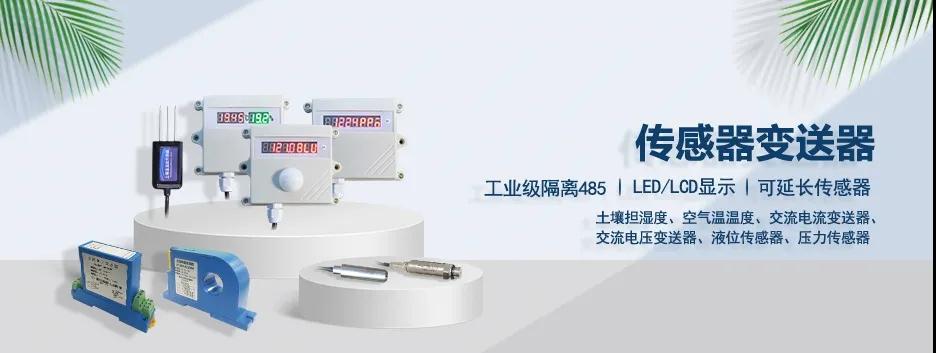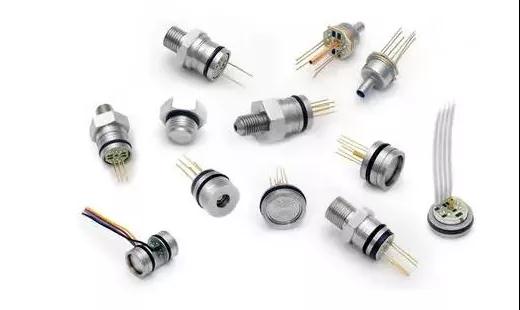In industry, it is often necessary to measure non electro physical quantities such as temperature, pressure and wind speed, which usually need to be converted into analog quantities to be transmitted to the control room or display equipment. For some current output sensors, 4-20mA DC current output is generally selected. Why not choose other output values?

4-20mA. DC (1-5V. DC) signal system is the International Electrotechnical Commission (IEC): analog signal standard for process control system, such as connecting instruments, transmission equipment, control equipment, computer sampling equipment, etc. China has adopted this international standard signal system since DDZ - Ⅲ electric instrument, and the instrument transmission signal adopts 4-20mA DC, contact signal adopts 1-5V DC, that is, the signal system with current transmission and voltage reception.
1、 Why should a current source be used for remote signal transmission?
Generally, the distance between the measurement site and the control room is relatively far. If the voltage source signal is transmitted remotely, when the resistance of the connecting wire is large, there will be a large error due to the partial voltage between the wire resistance and the input resistance of the receiving instrument. The reason for using current signal is that it is not easy to be disturbed, because the amplitude of noise voltage in industrial site may reach several V, but the power of noise is very weak, so the noise current is usually less than Na level, so the error caused by 4-20mA transmission is very small; The internal resistance of the current source tends to infinity, and the wire resistance in series in the circuit does not affect the accuracy. Therefore, hundreds of meters can be transmitted on the ordinary twisted pair. As long as there is no branch in the transmission circuit, the current in the circuit will not change with the length of the wire, so as to ensure the transmission accuracy.

2、 Why is the standard current signal 4-20mA?
The design of 4-20mA two-wire sensor uses 20mA to represent the full scale of the signal, but why is the starting signal not 0ma? When the current type transmitter converts the physical quantity into 4-20mA standard current signal output, it must be powered by external power supply. 0-4ma current is to supply the minimum working current of the sensor. If 0-20mA is used, when the signal is very small, the sensor cannot obtain enough working energy. Signals below 4mA and above 20mA are used for various fault alarms. For example, they will not be lower than 4mA during normal operation. When the transmission line is broken due to fault, the loop current drops to 0, so 2mA is often taken as the break alarm value. Meanwhile, the electrical zero point of the instrument is 4mA DC, which does not coincide with the mechanical zero point. This "active zero" is conducive to identifying faults such as power failure and disconnection.

The selection of the maximum current of 20mA is based on safety and practical considerations. The spark energy caused by the on-off of 20mA current is not enough to ignite gas.
Therefore, the general sensors are 4-20mA signal output, so that the signal is not easy to be disturbed and safe and reliable. The two-wire 4-20mA output can save the sensor cost and so on. For these reasons, the two-wire 4-20mA output is widely used in industry for pressure sensors, temperature sensors and other products dominated by current output.

 Manager Wang
Manager Wang
 OfficialAccounts
OfficialAccounts